- No products in the cart.
ACC syrup 20mg / ml 100ml vial complete with measured glass syringe and scrapper.
$6.52
ACC syrup 20mg / ml 100ml vial complete with measured glass syringe and scrapper.
Description
Composition
Active substance:
1 ml of syrup contains: NAC – 20.00 mg.
Excipients:
Methyl parahydroxybenzoate – 1.30 mg sodium benzoate – 1.95 mg Disodium edetate – 1.00 mg Sodium saccharinate – 1.00 mg, carmellose sodium – 2.00 mg Sodium hydroxide, 10% aqueous – 30,00 – 70,00 mg, flavor “Cherry” – 1.50 mg purified water – 910.25 – 950.25 mg.
Description:
The clear, colorless, slightly viscous solution with a cherry scent.
Product form:
Syrup 20 mg / ml
100 or 200 ml of syrup in dark glass vials, sealed with white caps with a sealing membrane, with the function of protection against opening children, with a protective ring.
Dosing device: – Transparent measuring cup (cap), calibrated at 2.5, 5 and 10 ml; – Transparent syringe for dosing, graduated in 2.5 ml and 5 with white and piston ring adapter for fastening on the bottle.
1 bottle with metering devices and, together with instructions for use in a cardboard box.
Contraindications
Hypersensitivity to acetylcysteine or other components of the formulation; gastric ulcer and duodenal ulcer in the acute stage; pregnancy; lactation; hemoptysis, pulmonary hemorrhage; Children under 2 years old.
Precautions: gastric ulcer and duodenal ulcer history, asthma, liver and / or kidney failure, histamine intolerance (avoid prolonged drug administration, as acetylcysteine affect the metabolism of histamine can cause symptoms of intolerance, such as headache, vasomotor rhinitis, itching), varicose veins of the esophagus, adrenal disease, hypertension.
Dosage
20 mg / ml
Indications
Respiratory diseases, accompanied by the formation of a viscous sputum: acute and chronic bronchitis; obstructive bronchitis; tracheitis laryngotracheitis; pneumonia, lung abscess; bronchiectasis, asthma, chronic obstructive pulmonary disease (COPD), bronchiolitis, cystic fibrosis; acute and chronic sinusitis, inflammation of the middle ear (otitis media).
Interaction with other drugs
With simultaneous use of acetylcysteine and antitussives due to suppression of the cough reflex can occur stagnation sputum.
While the use of antibiotics for oral use (penicillins, tetracyclines, cephalosporins, etc.) Optionally reacting them with a thiol group acetylcysteine, which may lead to a decrease in their antibacterial activity. Therefore, the interval between doses of antibiotics and acetylcysteine must be at least 2 hours (except cefixime and loracarbef).
The simultaneous use of nitroglycerin vazodilyatiruyuschimi means and may lead to increased vasodilatory action.
Overdose
There are no cases of toxic overdose when taking acetylcysteine inside. There were no symptoms of intoxication during ingestion acetylcysteine 500 mg / kg body weight.
There were no serious adverse events when taking acetylcysteine healthy volunteers at a dose of 11.6 g per day for 3 months.
Symptoms may occur such gastrointestinal symptoms as diarrhea, vomiting and nausea.
Treatment: symptomatic.
pharmachologic effect
Pharmacological group:
Mucolytic expectorant.
Pharmacodynamics:
Acetylcysteine is a derivative of the amino acid cysteine. Has a mucolytic effect, it facilitates expectoration due to the direct impact on the rheological properties of sputum. Action due to the ability to break disulfide bonds mucopolysaccharide chains and cause depolymerization mukoproteidov sputum, which reduces the viscosity of sputum. The drug remains active in the presence of purulent sputum. Antiokcidantnoe exerts an action based on the ability of its reactive sulfhydryl groups (SH-groups) bind to oxidative radicals and thereby neutralize them.
In addition, acetylcysteine promotes the synthesis of glutathione, an important component of the antioxidative system and chemical detoxification. Antioxidant action acetylcysteine enhances the protection of cells from the damaging effects of free radical oxidation, characteristic of intense inflammatory reaction.
When prophylactic use acetylcysteine marked reduction in the frequency and severity of exacerbations of bacterial etiology in patients with chronic bronchitis and cystic fibrosis.
Pharmacokinetics:
Absorption high. It is rapidly metabolized in the liver to produce pharmacologically active metabolite – cysteine and diatsetiltsisteina, cystine and mixed disulfides. Oral bioavailability is 10% (because of the pronounced effect of “first pass” through the liver). The time to reach maximum concentration (Cmax) in plasma is 1-3 hours Connection plasma proteins -. 50%. Excreted by the kidneys in the form of inactive metabolites (inorganic sulfates diatsetiltsistein). The half-life (T1 / 2) is about 1 hour, the liver leads to a lengthening of the T1 / 2 to 8 hours. Penetrates the placental barrier. acetylcysteine on the ability of the data to penetrate the blood-brain barrier and is excreted in breast milk are not available.
Pregnancy and breast-feeding
Data on the use of acetylcysteine during pregnancy and breastfeeding are limited. Use of the drug during pregnancy is possible only if the expected benefit to the mother outweighs the potential risk to the fetus. If necessary, use during lactation should decide the issue of termination of breastfeeding.
Conditions of supply of pharmacies
Without recipe.
side effects
According to the World Health Organization (WHO), undesirable effects are classified according to their rate of development as follows: very common (> 1/10), common (by> 1/100 to
special instructions
When working with the drug must be used glassware, avoiding contact with metals, rubber, oxygen, easily oxidizable substances.
If the patient is unable to cough effectively, it is necessary to carry out drainage or aspiration of secretions.
In applying acetylcysteine rarely reported cases of severe allergic reactions such as Stevens-Johnson syndrome, Lyell syndrome. In the event of changes in the skin and mucous membranes should immediately consult a doctor, the drug should be discontinued.
Should be avoided drug in patients with renal and / or hepatic insufficiency to avoid an additional formation of nitrogen compounds. 1 ml of syrup contains 41.02 mg of sodium. This must be considered when applying the drug patients a diet designed to limit sodium intake (with a reduced content of sodium / salt).
For information on the effect of the drug on the ability to drive and engage in other potentially hazardous activities that require high concentration and psychomotor speed reactions, no.
Storage conditions
Store at a temperature not higher than 25 C.
Keep out of the reach of children.
Dosing and Administration
Inside, after a meal.
Syrup ATSTS® receiving, by dimensional measuring cup or a syringe, contained in the package. 10 ml syrup ATSTS® corresponds to 1/2 or 2 measuring cup filled syringes. Additional enhances fluid intake mucolytic effect of the drug.
In the absence of other assignments it is recommended to adhere the following dosages: adults and children over 14 years: 10 ml of syrup 2 – 3 times a day (400 – 600 mg of acetylcysteine); children 6 to 14 years: 5 ml syrup 3 times a day, or as a syrup 10 ml, 2 times a day (300 – 400 mg of acetylcysteine); children of 2 to 5 years: 5 ml of syrup 2 – 3 times per day (200 – 300 mg of acetylcysteine).
In cystic fibrosis: children over 6 years: 10 ml syrup 3 times a day (600 mg Acetylcysteine); children from 2 to 6: 5 ml syrup 4 times a day (400 mg of acetylcysteine).
At brief colds course duration is 4 – 5 days.
During long-term disease course of therapy is determined by the attending physician. In chronic bronchitis and cystic fibrosis drug should be taken over a long period of time to achieve a preventive effect against infections.
Using the measuring syringe: Open the bottle cap, pushing it and rotating counter-clockwise; remove from the syringe stopper with a hole, insert it into the neck of the bottle and push against the stop.
Stopper intended to connect the syringe with the vial, and remains in the neck of the bottle; firmly insert the syringe into the tube. Gently invert the vial upside down, pull the syringe plunger down and enter the required number of milliliters (ml) of syrup. If the syrup visible air bubbles, press the plunger against the stop, then re-fill the syringe. Return the bottle to its original position and remove the syringe; syrup from the syringe should be poured onto a spoon or directly into the child’s mouth (the buccal region, slowly, so that the child could swallow properly syrup) while receiving syrup child in an upright position; flush syringe after use clean water.
Information
Appearance may differ from that depicted in the picture. There are contraindications. You need to read the manual or consult with a specialist
Additional information
| Weight | 0.100 kg |
|---|---|
| Manufacturer | Sandoz UTS |

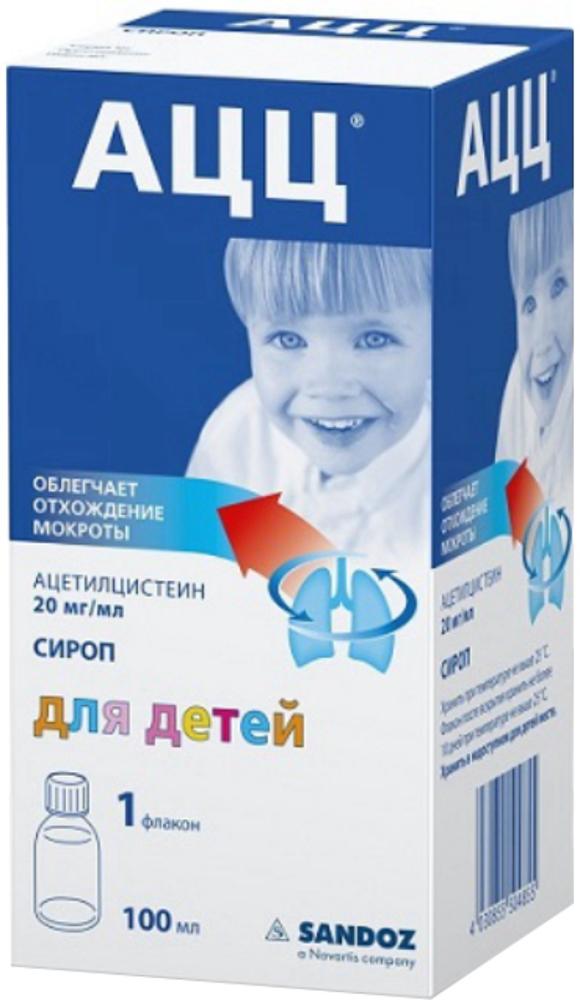
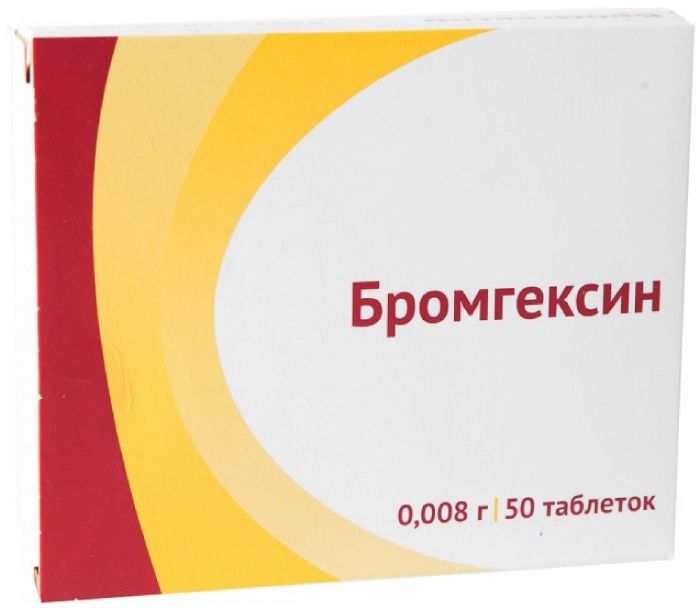
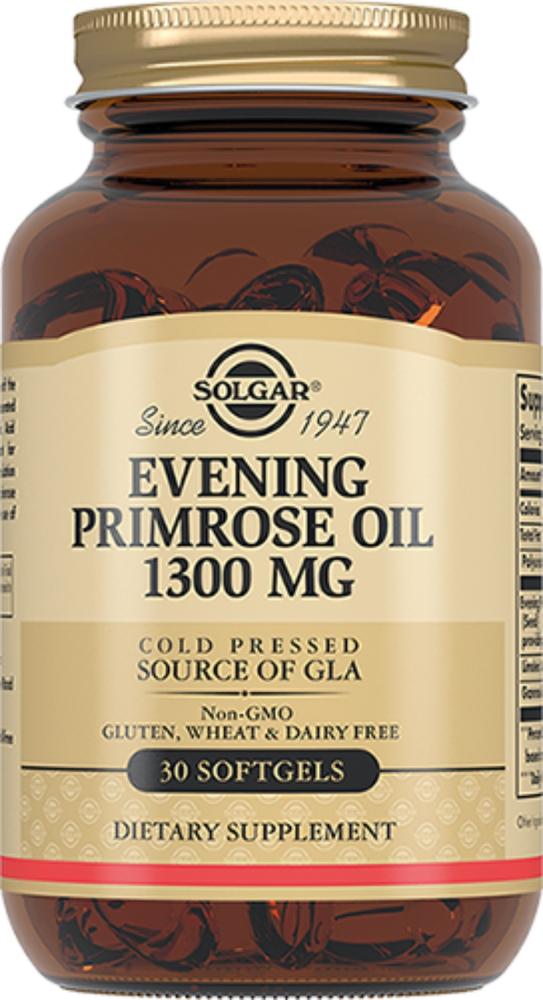
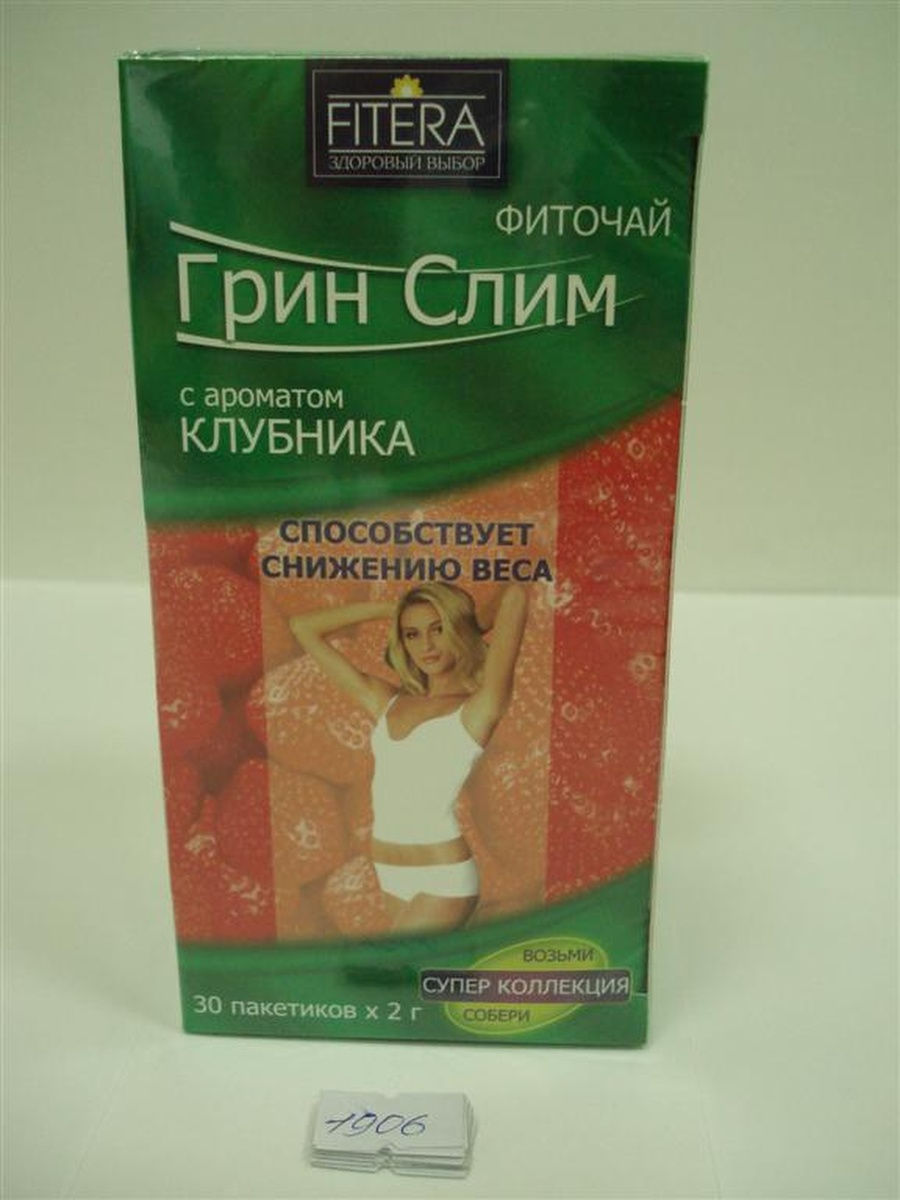


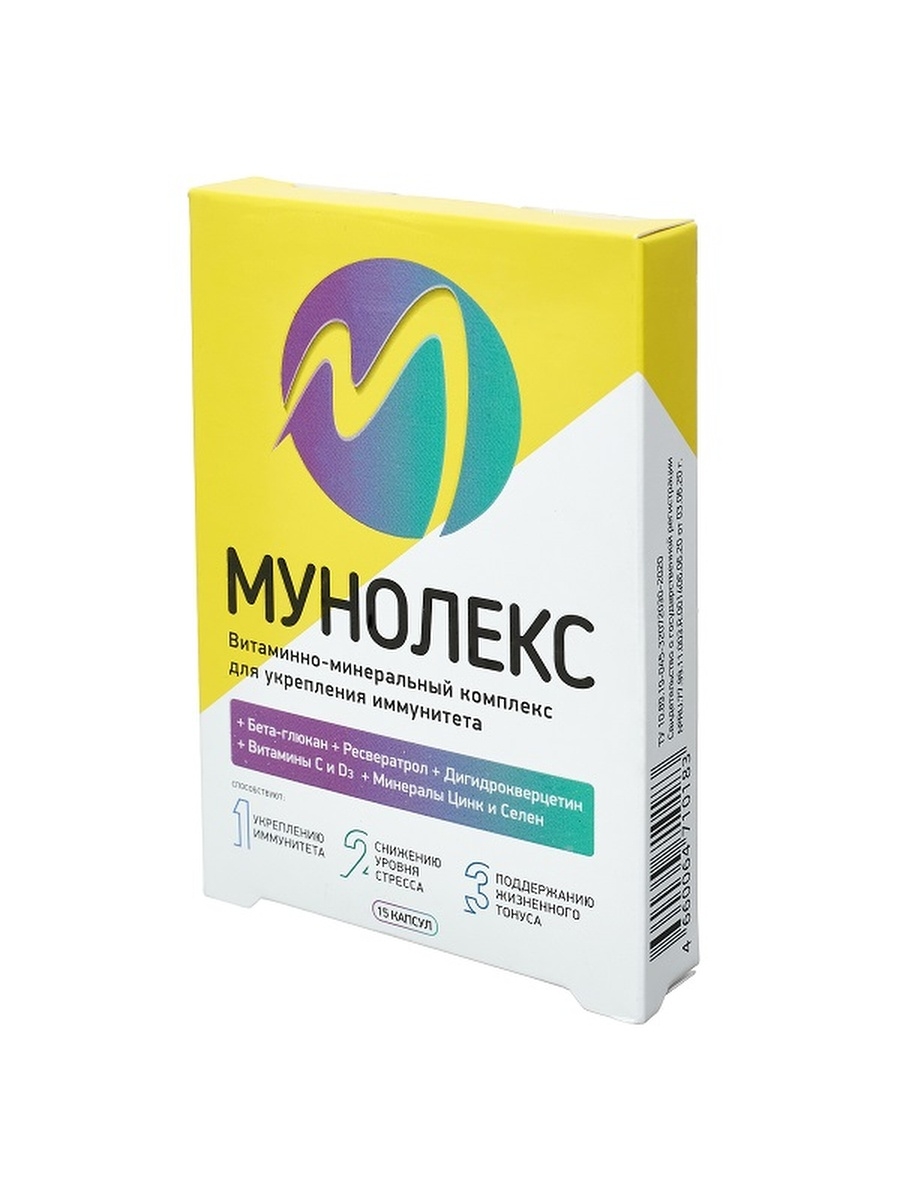
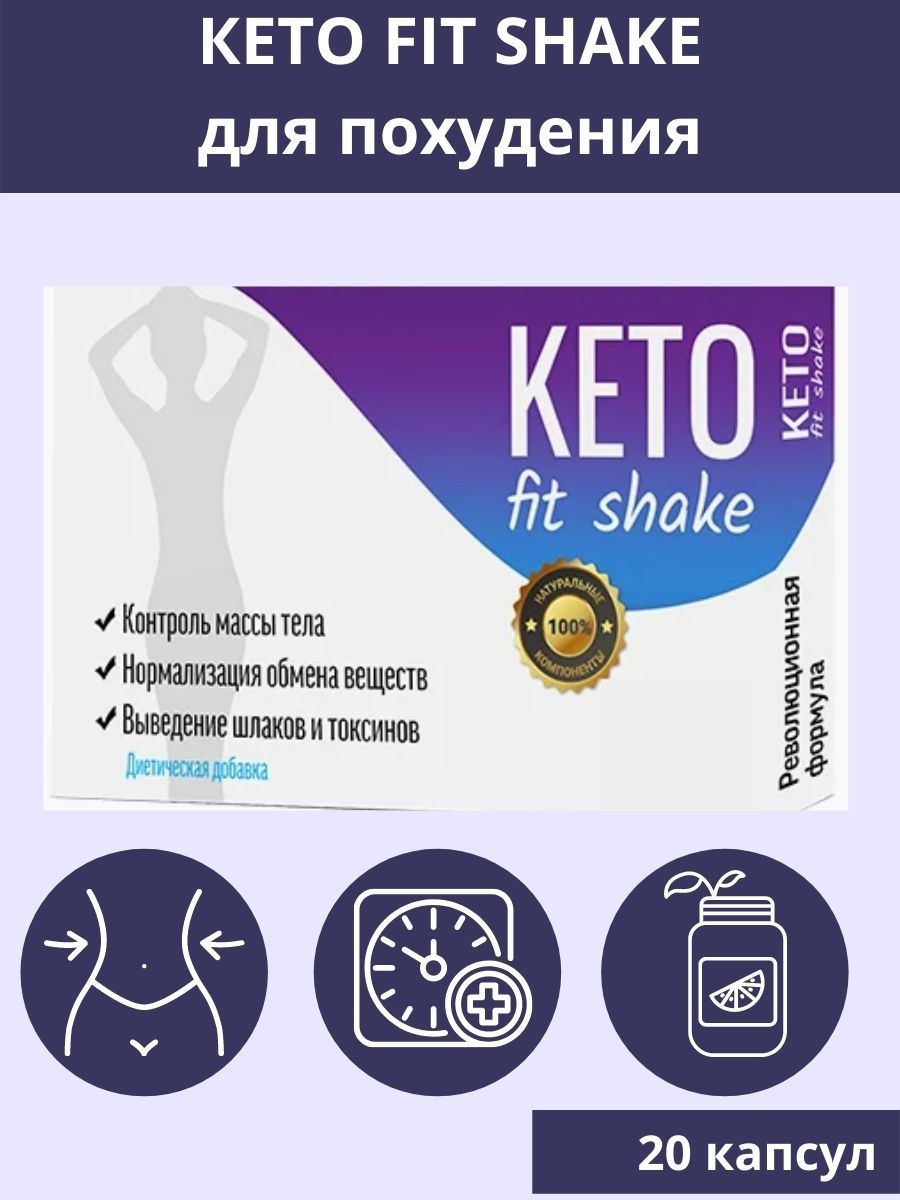




There are no reviews yet.